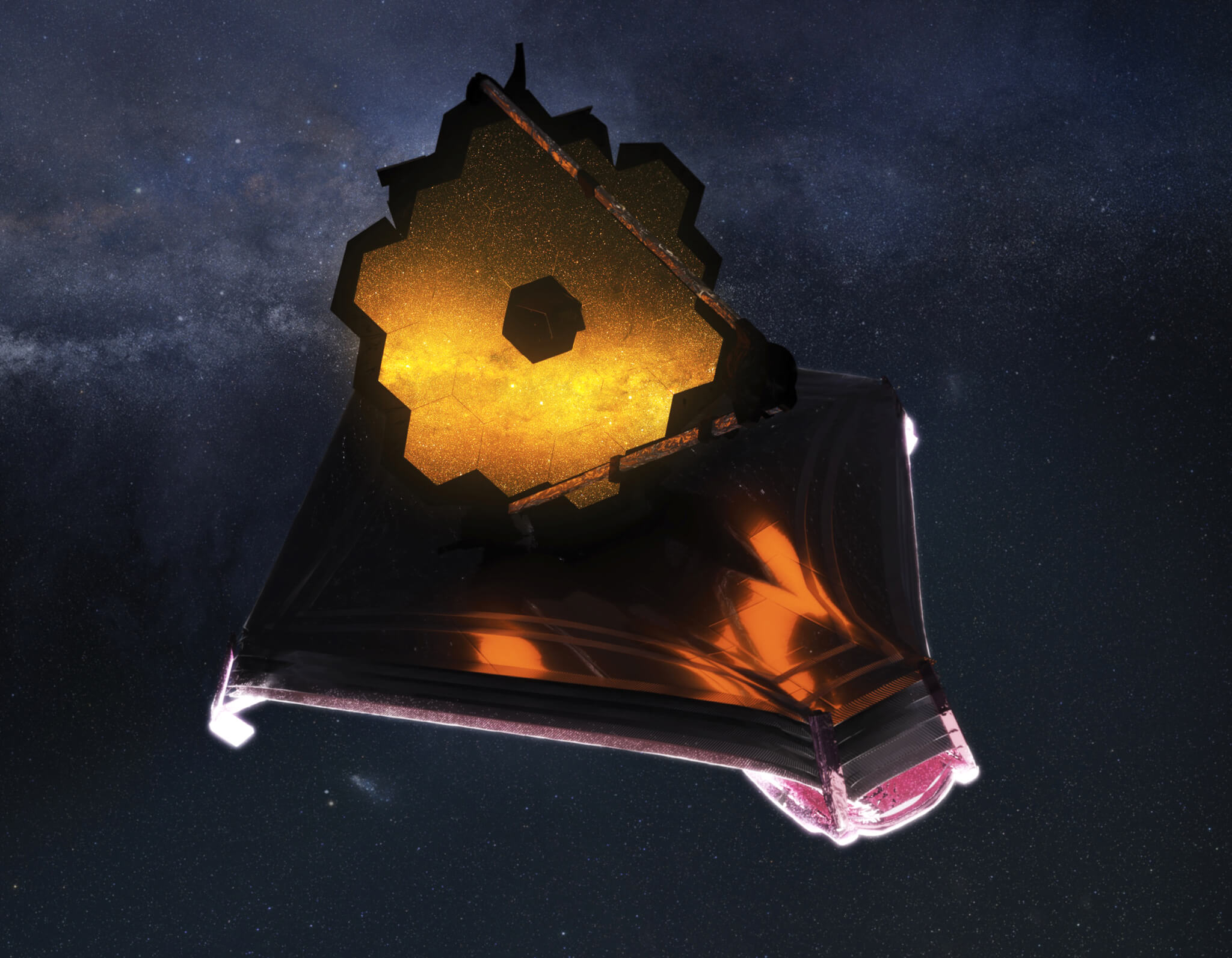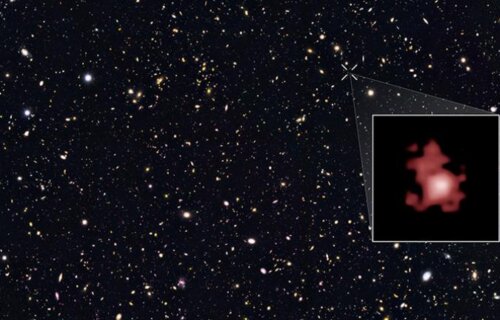🔑 Key Findings:
- A 13-billion-year-old black hole is defying science
- Astronomers say it formed when the universe was only 400 million years-old
- A black hole of this size typically takes 1 billion years to form, creating a mystery
CAMBRIDGE, United Kingdom — The most ancient black hole ever observed has been discovered, dating back to the universe’s infancy, according to a new study. Astronomers have identified a 13-billion-year-old black hole, formed merely 400 million years after the Big Bang. This black hole appears to be consuming its host galaxy, leading to its eventual demise.
This black hole’s surprising mass — several million times that of our Sun — poses a challenge to scientists’ understanding of black hole formation and growth. Its size, which is unexpectedly large for such an early stage in the universe’s history, contradicts previous assumptions. Under normal growth conditions, it would take about a billion years for a black hole of this size to form. However, the universe was not even a billion years-old at the time of this black hole’s detection.
Previously, astronomers believed that supermassive black holes achieved their immense sizes over billions of years. However, the magnitude of this discovery suggests that they might either be “born big” or capable of consuming matter at a rate five times faster than previously considered possible.
The discovery was made by a team led by the University of Cambridge, using the NASA/ESA/CSA James Webb Space Telescope. Their remarkable findings have been published in the journal Nature.

“It’s very early in the universe to see a black hole this massive, so we’ve got to consider other ways they might form,” says lead author Professor Roberto Maiolino, from Cambridge’s Cavendish Laboratory and Kavli Institute of Cosmology, in a media release. “Very early galaxies were extremely gas-rich, so they would have been like a buffet for black holes.”
“It’s a new era: the giant leap in sensitivity, especially in the infrared, is like upgrading from Galileo’s telescope to a modern telescope overnight,” Maiolino adds, speaking of discoveries using the James Webb Space Telescope. “Before Webb came online, I thought maybe the universe isn’t so interesting when you go beyond what we could see with the Hubble Space Telescope. But that hasn’t been the case at all: the universe has been quite generous in what it’s showing us, and this is just the beginning.”
The team of astronomers detected this black hole because it was visibly glowing, emitting energy in the ultraviolet range. Like all other black holes, it consumes material from its host galaxy to fuel its growth, but at a much faster rate.
The host galaxy, named GN-z11, is approximately one hundred times smaller than the Milky Way. The black hole’s consumption of this galaxy is likely impeding its development. The team hopes that further research and telescope observations will enable them to unravel the processes by which black holes are formed.
You might also be interested in:
- Radio signal detected in an ancient star cluster
- Closest-ever black holes to Earth spotted just 150 light-years away
- Listen to this eerie echo coming from Milky Way’s supermassive black hole
South West News Service writer Isobel Williams contributed to this report.
